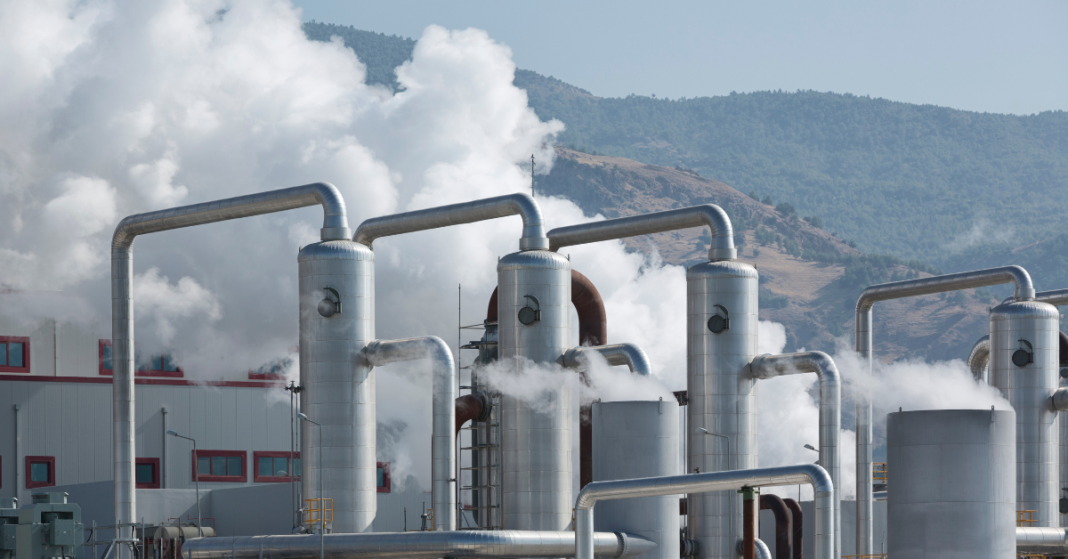If you had the opportunity to be at the forefront of energy innovation, would you take it? I’ve been a union electrician for 10 years, and during that time, I’ve seen the impact of the clean energy transition firsthand. That’s why when Austin Energy announced its partnership with Exceed Energy Inc. to pilot a 5-megawatt enhanced geothermal project, I immediately saw this as a significant chance to make Austin a national geothermal leader. As a municipally owned utility company, Austin Energy would lay the groundwork for cities nationwide to invest in clean, reliable energy that would provide good-paying local jobs.
If you’re wondering what geothermal energy is, it’s the heat beneath your feet. Hot water warmed by the earth’s mantle is extracted from rocky pockets a few hundred feet beneath the ground. That hot water and steam produces pressure that generates clean electricity to power homes and businesses. Humans have been using geothermal energy for thousands of years, but only recently have emerging technologies for drilling made generating and storing electricity more accessible and efficient, the latter of which is extremely important in order to fill the gaps in our renewable energy systems that are currently occupied by fossil fuel plants. The potential for this clean energy-powered electricity is now more abundant than ever.
Many find geothermal energy attractive because it is 24/7 reliable without the help of fossil fuels. It also has the potential to be cheaper. While natural gas is incredibly cheap right now, it’s likely to face increased regulations in the future, which means that it will almost certainly have volatile and ever increasing prices. In contrast, enhanced geothermal, due to being brand new technology not based on a dangerous carbon-emitting gas, will likely only get cheaper as time passes. Furthermore, incorporating this energy into the grid would diversify our energy mix, making our grid more reliable and lowering energy costs.
Geothermal energy has the most potential to become a big business in a state like Texas because of its bustling oil and gas industry. Its technology requires drilling and well construction similar to what is required of oil and gas sites, making the skills necessary for a geothermal job incredibly transferable. The U.S. Department of Energy has even launched a program that aims to harness the synergy between the two fields as geothermal projects popularize.
We’ve already seen a prototype geothermal project that is expected to be successfully integrated into the power grid by January. In Christine, Texas, Sage Geosystems has constructed a geothermal baseload power and energy system to provide three megawatts of power to the grid. The project is a promising example of how this kind of technology can work efficiently and cheaply and relies on knowledge and expertise already in the Texas workforce.
The job creation potential is excellent — these are sustainable careers rather than temporary positions. There are also skilled labor opportunities and training and apprenticeship programs to develop future cohorts of geothermal energy workers.
An upcoming bond will be crucial to funding this project in Austin, and a vote on December 12 will determine the framework of this project. We must call on Austin City Council to raise awareness about this technology as development continues. We must also raise our community’s worker voices to ensure labor standards are rigorous and job-growth-oriented. This project is Austin’s chance to be the paragon of how geothermal energy can be a clean and economically beneficial form of energy that would serve its community and capitalize on the talent already in Texas.








